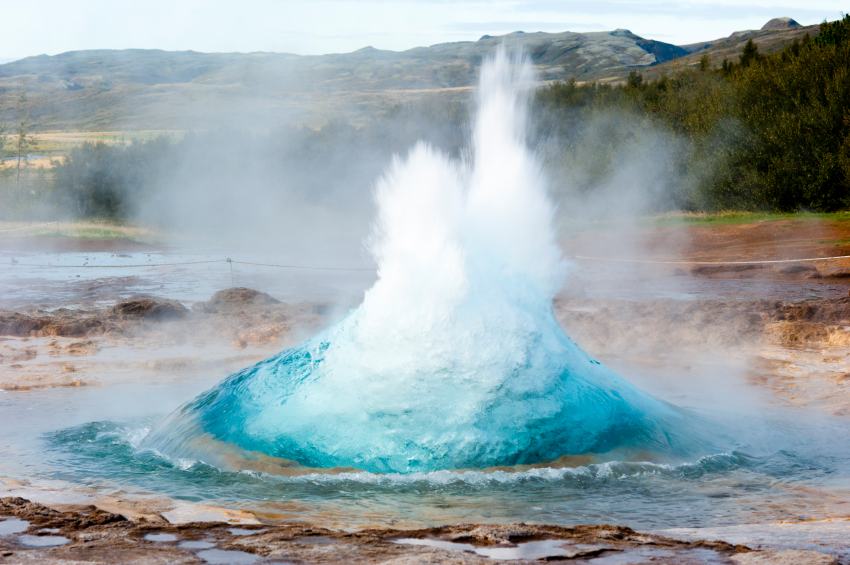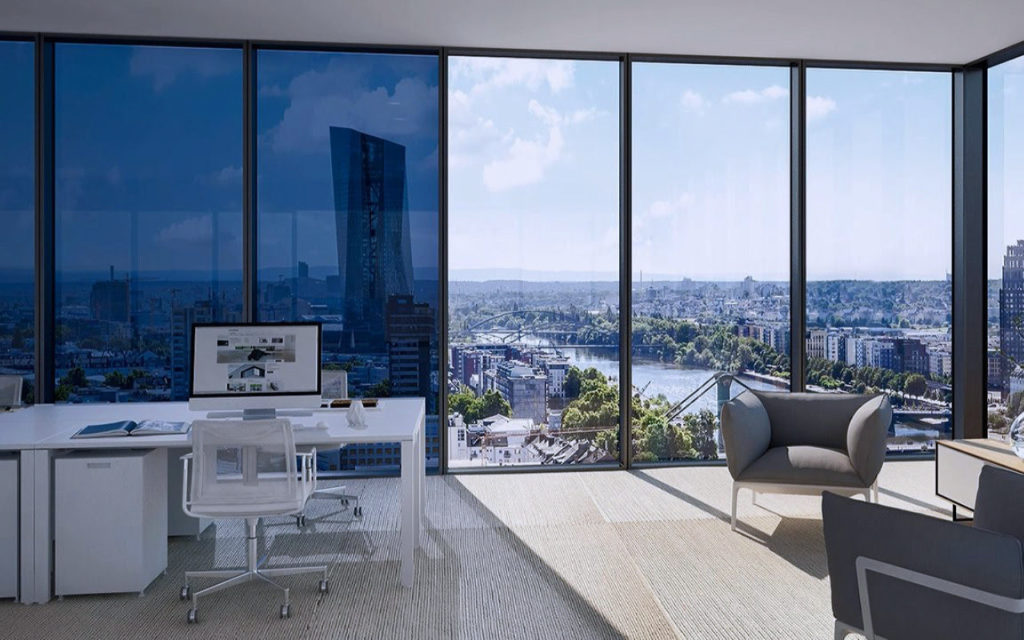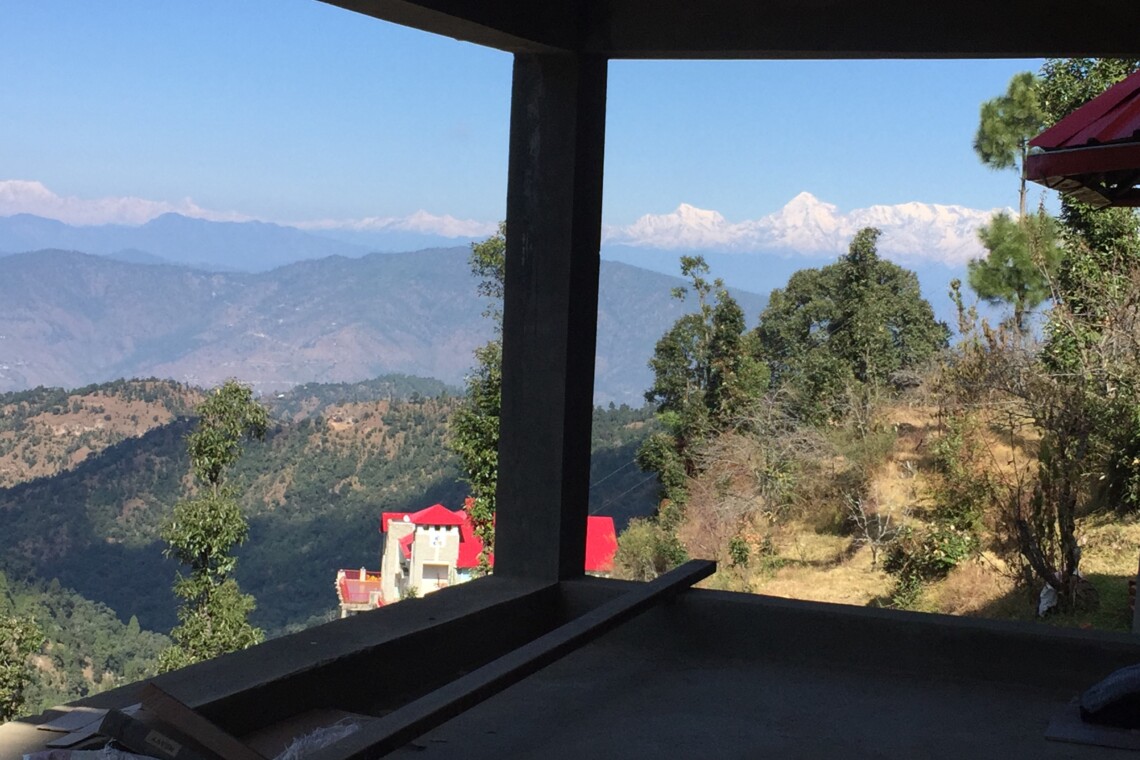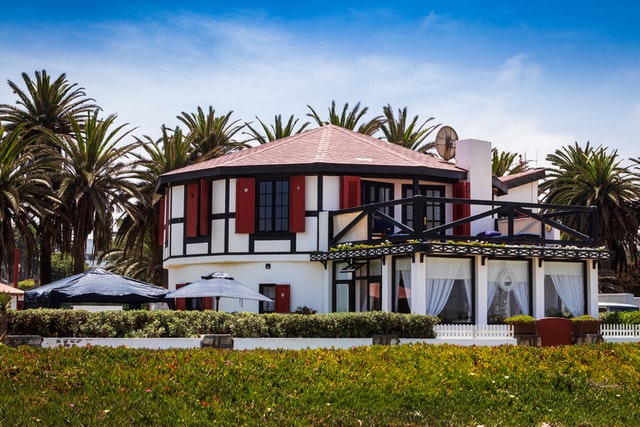The industrial and construction trends that had developers pining for who could build the most in the shortest amount of time are slowly running out of steam. The central question of today, especially in the construction arena, is how can we limit our use of resources and the negative impacts on the environment whilst still accommodating our ever growing population. The answer to many of these problems is technological advancement. In the construction and real estate businesses, developers are constantly under scrutiny if their projects do not meet the necessary environmental regulations. We are living in an increasingly environmentally conscious world and there are many techniques and technologies we can implement to make our homes as green as possible. You do not have to be a developer or master architect to go green. Here are some of the most simple and easy to do tips to help you achieve a sustainable home:
Smart Appliances – The best showcase of technological advancement is the vast amount of smart appliances that are available. Because of the nature and progression of technology, advancements generally start in a flagship product and then make their way into the majority of inventory for a much lower cost after a year or 2. There are appliances like dishwashers and washing machines that tie into a smart meter to use as little power as possible. There are smart refrigerators that you can program to notify you when food is expired or spoiled. There are also many smart home appliances that can control your lights, internet and much more and they are increasingly able to sync with each other so that everything can be monitored and controlled from your phone.
Solar Power – Solar power can be divided into 2 types. Active is generally what most people picture when they think of solar power – large solar panels on every roof. While this is still a common and effective way of utilizing solar energy, the technology has advanced into the 2nd form – Passive. This, as the name suggests, is done passively by maximising on the amount of light and air that enters your home by placing things like windows and fans strategically. The light and heat is then absorbed by panels and walls that are made of materials conducive to this. Regardless of the type, solar power can reduce your electricity, gas and heat consumption and is a must for an energy efficient home.
Cool Roofs – They are specially constructed roofs that are designed to reflect the sun’s rays so that the interior of the home can remain cool. Normal roofs typically reach an average temperature of 65.5 degrees, celsius, in the peak of summer while cool roofs can reduce that temperature by more than 50 degrees thus reducing the need for extensive air-conditioning or cooling units in a home or building.
Use of Biodegradable Materials – There are many biodegradable raw materials that you can use to construct or decorate your home with. These materials have been obtained from the demolition of old buildings and instead of being dumped and going to waste, they are repurposed into materials that can be used in different ways. An example is biodegradable paint that is much more eco-friendly than conventional lead based paint. Hemp has also been used as a building material for many years and is gaining traction again due to increasing environmental awareness.
Storm-water Management – Run-off water during heavy rains can lead to serious problems for buildings, infrastructure, people and the environment. However, excess water can be channeled for domestic use by designing systems that take advantage of it. The simplest is to harvest rainwater by having huge overhead tanks. To tackle water at ground level, yards and pavements can be constructed of permeable materials such as metal. Plants and lots of green cover also absorb water and prevent it from spreading in addition to improving air quality.
Geothermal Heating – Similar to solar power, geothermal power is an efficient, renewable source of energy that is far more environmentally friendly than its non-renewable counterparts. It is channeled from pipes that are installed a few meters underground. A mixture of water and antifreeze is pumped through the pipes to collect thermal energy which is then used to cool or power appliances in your home. It’s main drawback is that the pipes need to be physically installed by digging up the ground which can take more time and money than other solutions on this list.
Electrochromic Smart Glass – This space-age smart glass solution looks really cool but is practical as well. It gives us the ability to choose how much light we want to let in with the press of a button. It can go from completely transparent to completely opaque by using a layer that charges ions to change the amount of light it reflects. It is gaining popularity in skyscraper construction and has even made its way into a few supercars.
We hope that these tips will contribute to the sustainable future of your home or building and look forward to hearing and seeing your success story.
To get more information & assistance, please submit the form below and our specialist will get in touch with you at the earliest.















